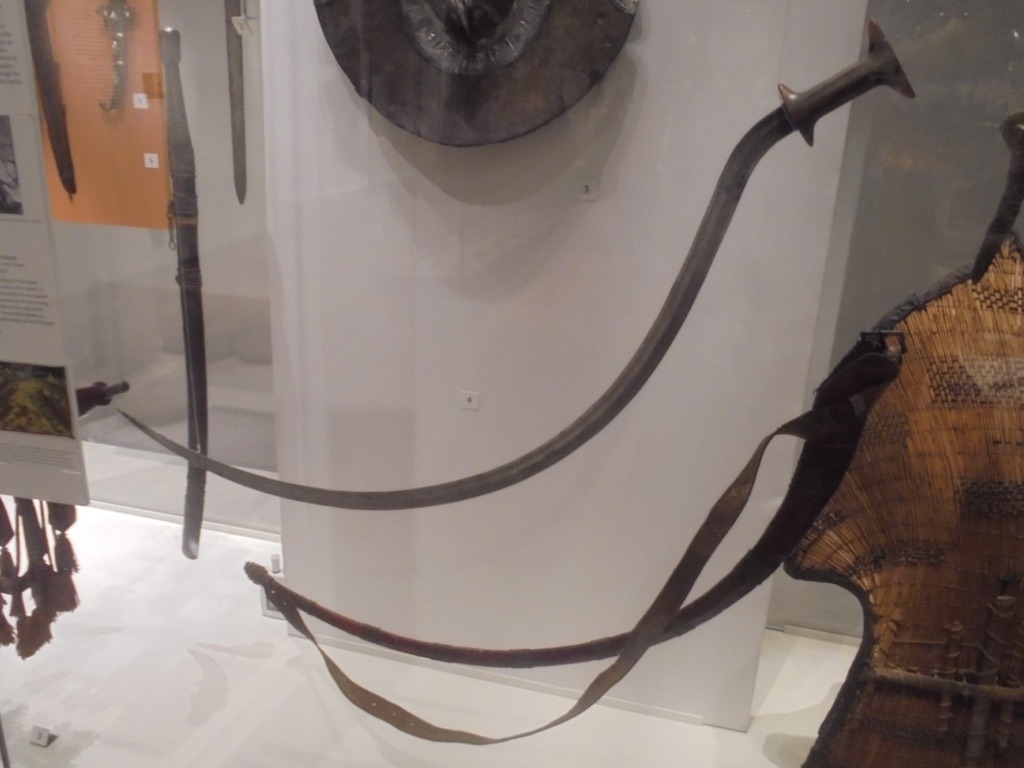The Shotel Sword is a curved blade originating from Ethiopia. It is known for its unique, sickle-like shape that curves almost into a full circle. This design allowed the wielder to reach around an opponent’s shield and stab or slash them from the side. The Shotel was a symbol of status and bravery, often associated with the Ethiopian warriors and nobility. Its use dates back to at least the 1st millennium AD and was a prominent weapon in the Horn of Africa for centuries.
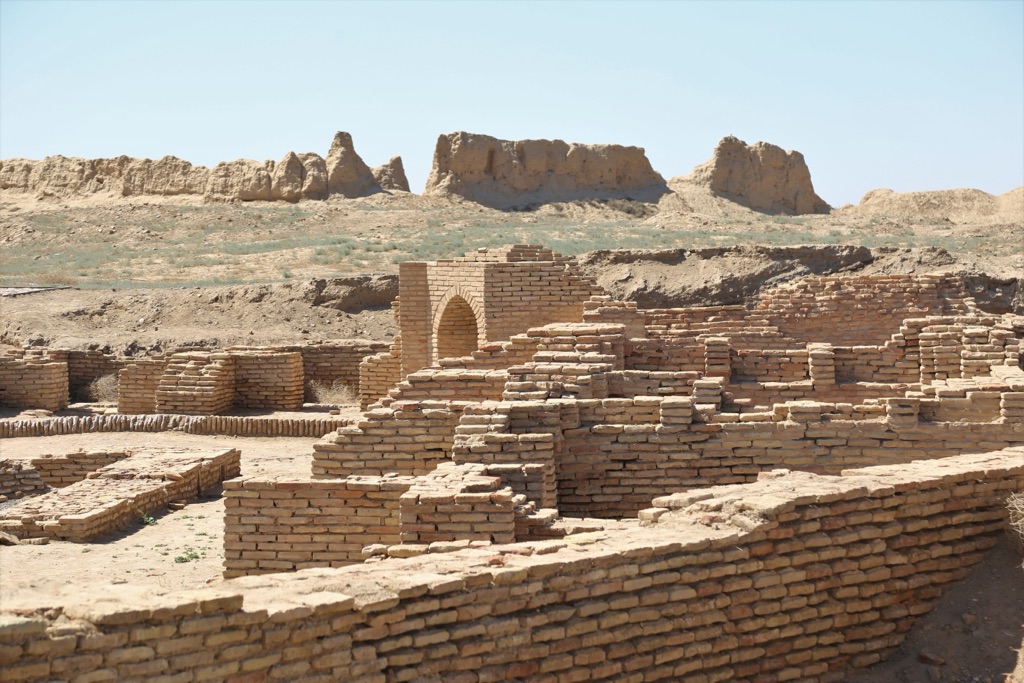
Sauran
Sauran, a once-thriving city on the Silk Road, stands as a testament to the passage of time. This ancient site, nestled in present-day Kazakhstan, offers a glimpse into the region’s rich history. It was a key hub for trade and culture, bridging the East and West. Today, Sauran’s ruins whisper tales of its past glory, beckoning historians and archaeologists alike to uncover its secrets.
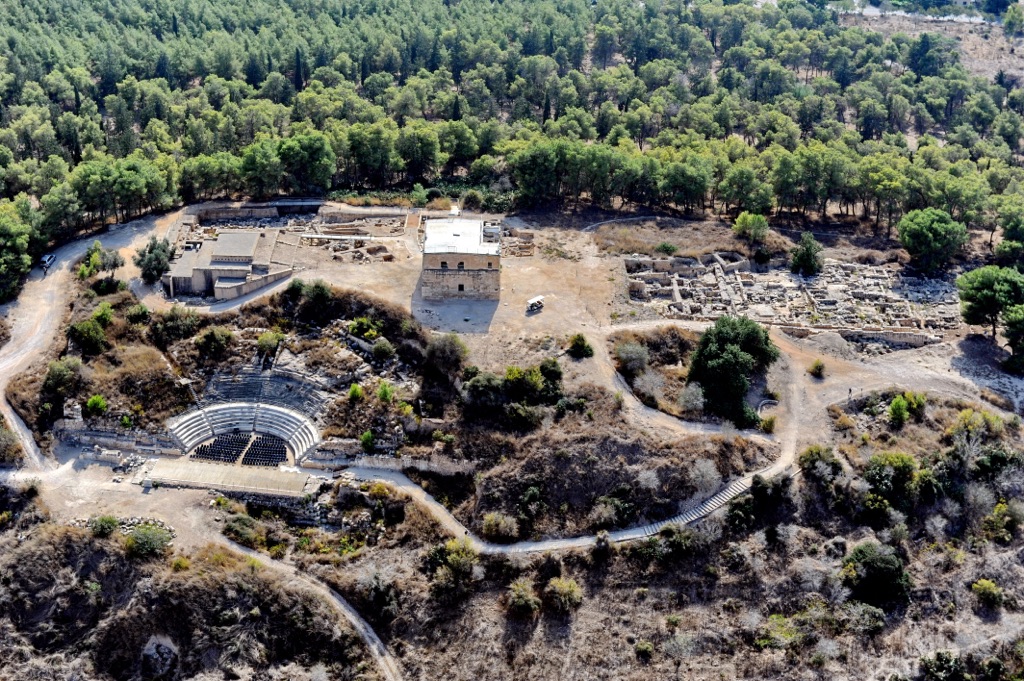
Sepphoris
Sepphoris, an ancient city in the Galilee region of Israel, boasts a rich tapestry of history. It served as a cultural and political hub over the centuries. Known for its diverse population and stunning mosaics, Sepphoris reflects the various civilizations that have left their mark. The city’s strategic location made it a prized possession for conquering armies. Today, it stands as a testament to the complex history of the Middle East, offering invaluable insights into the past.
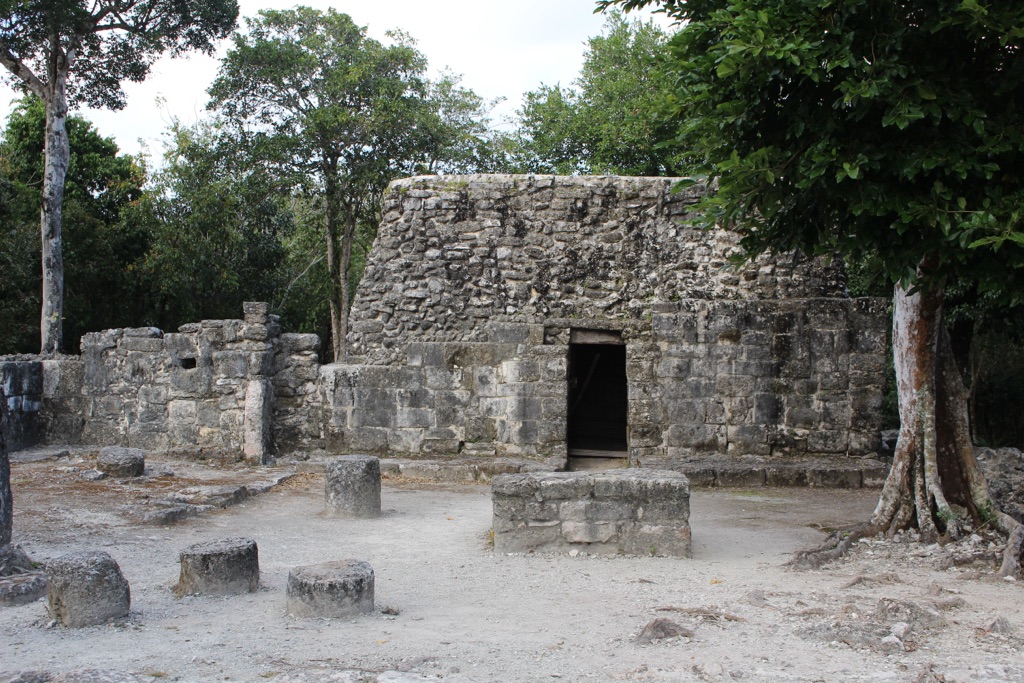
San Gervasio
The Zona Arqueológica San Gervasio is a pre-Columbian archaeological site located on the island of Cozumel, Mexico. It was a sacred Mayan site dedicated to the goddess Ixchel, the deity of fertility and medicine. The ruins are a testament to the religious significance and the social structure of the Mayan civilization. The site features several temples and platforms, with the central temple being the most significant structure. San Gervasio served as a pilgrimage destination for Mayan women from all over the region. Today, it stands as a valuable historical resource, offering insights into the Mayan culture and its spiritual practices.
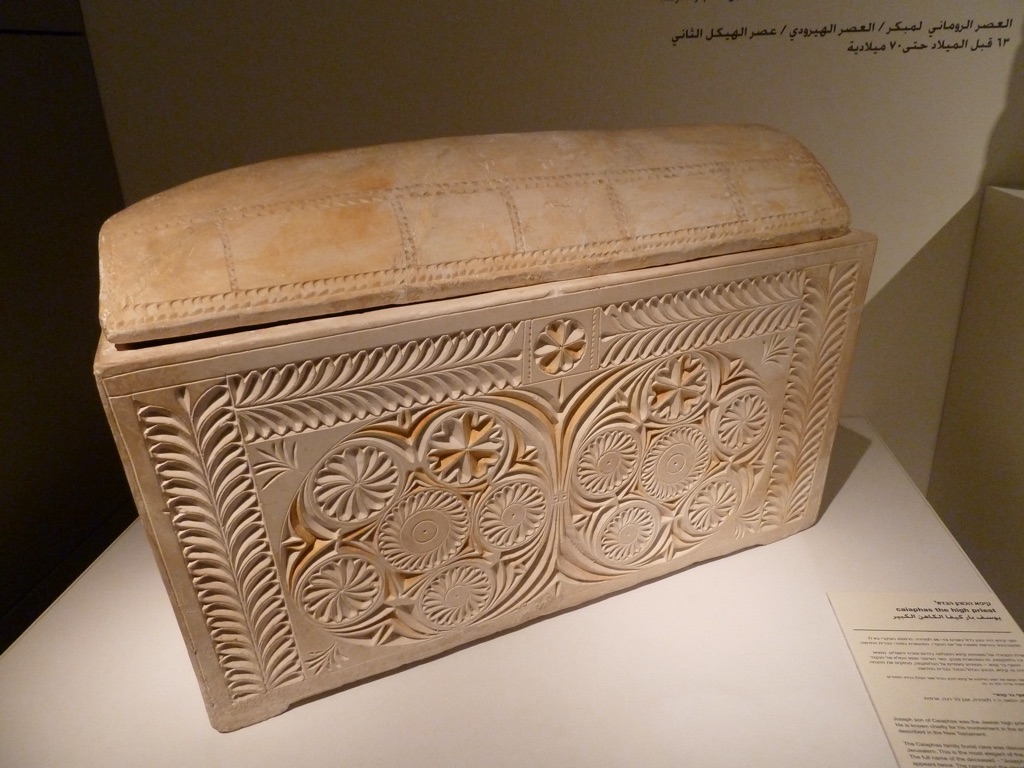
Caiaphas Ossuary
The Caiaphas Ossuary is an ancient limestone chest that was used to hold the bones of the deceased. Discovered in Jerusalem in 1990, it is believed to belong to the high priest Caiaphas, who is mentioned in the New Testament as being involved in the trial of Jesus. The ossuary bears an Aramaic inscription that translates to “Joseph, son of Caiaphas,” which has led many to associate it with the biblical figure. Its discovery has sparked significant interest and debate among scholars and theologians regarding its authenticity and connection to the historical Caiaphas.
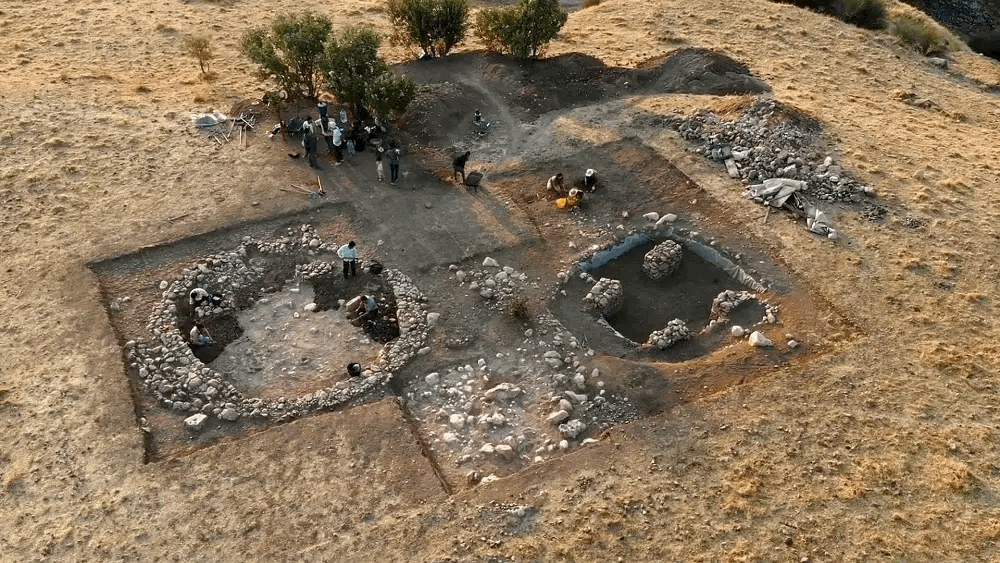
Boncuklu Tarla
Boncuklu Tarla is an archaeological site located in the Mardin Province of Turkey. It has garnered attention due to its Neolithic period remains, which provide insights into early human settlements and the transition from nomadic to sedentary lifestyles. The site is significant for its well-preserved architectural structures and artifacts that shed light on the social and cultural practices of its ancient inhabitants.

